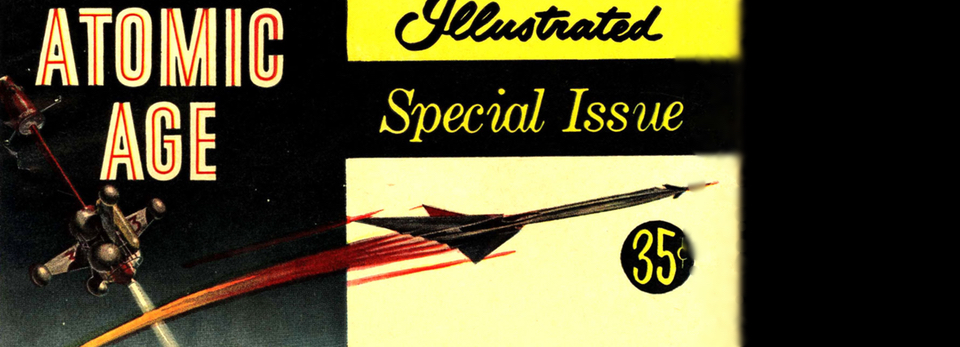Written from within the last “hot” period of the Cold War’s near half century span, Martin Amis’s 1987 essay “Thinkability” articulates how nuclear weapons embedded themselves within our personal and cultural imagination: "Everyone is interested in nuclear weapons, even those people who affirm and actually believe that they never give the question a moment’s thought. We are all interested parties…
View More Alluvium Editorial 5.4: Nuclear NarrativesTag: Cold War
The Futures of Nuclear Criticism
The unthinkable happened at 4.20pm on 28 October, 1988. Though lasting only thirty-six minutes – betrayal by European NATO allies prevented escalation into the global holocaust many had feared – nuclear attack transformed the United States. As Whitley Strieber and James Kunetka record in an extraordinary travel narrative about a perilous journey around the country five years…
View More The Futures of Nuclear CriticismRepresentations of National Identity in Cold War UK and US Civil Defence Films
Propaganda is a central weapon in the arsenal of modern conflict and Cold Wars especially are fought with images and words. The forty-year tension between East and West after the Second World War was responsible for the creation and distribution of national propaganda on a previously unprecedented scale as US and Soviet nuclear stockpiles increased exponentially and leaders shied away…
View More Representations of National Identity in Cold War UK and US Civil Defence FilmsDeLillo, Aesthetics, The Cold Iraq War
As one of the most important American writers of the late-twentieth century – alongside Toni Morrison and Thomas Pynchon in particular – Don DeLillo is a notable target of…
View More DeLillo, Aesthetics, The Cold Iraq WarOn Nuclear Criticism
In 1984, the journal Diacritics set out to define what it labelled as the developing academic terrain of ‘nuclear criticism’. The opening section of the journal entitled…
View More On Nuclear Criticism




